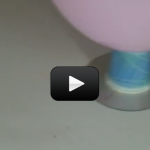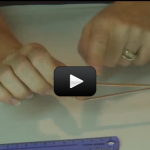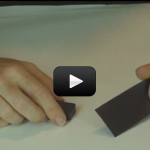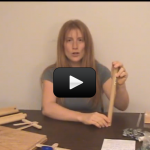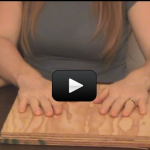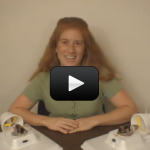If you slap your hands together and rub them back and forth, you’ll feel your skin start to warm. Why is that? If you answered friction, you’re right. But what is friction really? Would your hands feel warmer if they were larger? Or rougher? Or darker? What sorts of things affect the amount of friction between two surfaces?If you read a textbook from twenty years ago, you’ll find some things have changed about how we think about friction. Engineers used to only look at surface roughness… but then they took a look on the molecular level and saw a few things that made us update our way of thinking about treads.
Friction is a very complicated interaction that uses ideas from both the electromagnetic field as well as the chemistry field to fully explain exactly what it is and how it works. From ice skates to moving furniture, you encounter friction everyday. We’re going to use rubber bands, shoes, ramps, and more to experiment with these ideas on our own.
Scientific Concepts:
- Friction is the force between two objects in contact with one another.
- Friction is dependent on the materials that are in contact with one another. How much pressure is put on the materials. Whether the materials are wet or dry. Whether they are hot or cold - in other words, it’s quite complicated!
- Static friction is the friction between two objects that are not moving.
- Kinetic friction is the friction between two objects where at least one of them is moving.
- Friction happens due to the electromagnetic forces between two objects.
- Friction is not necessarily due to the roughness of the objects but rather to chemical bonds “sticking and slipping” over one another.

